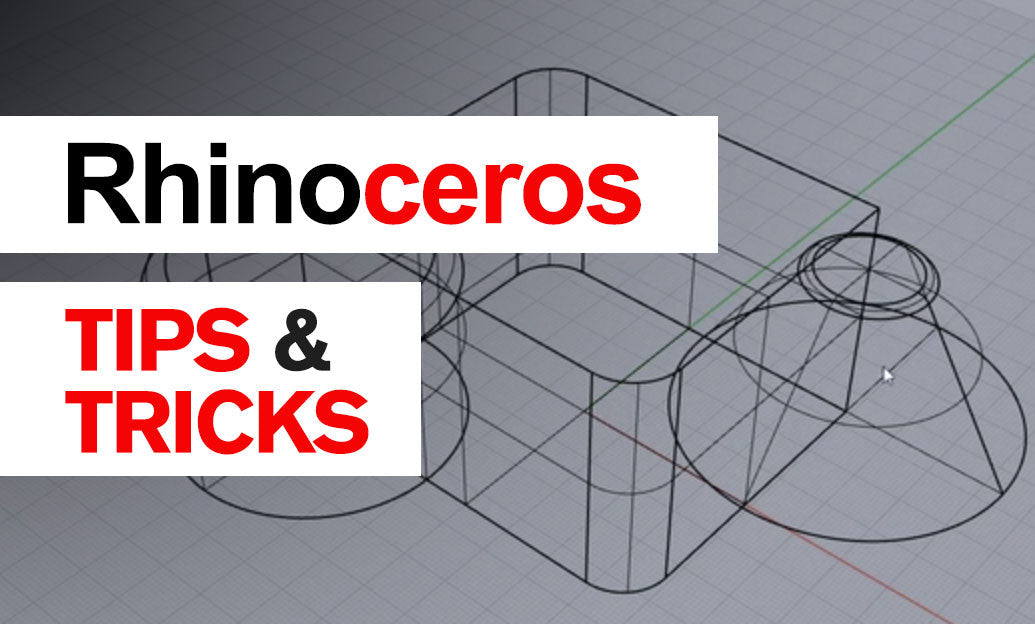Your Cart is Empty
Customer Testimonials
-
"Great customer service. The folks at Novedge were super helpful in navigating a somewhat complicated order including software upgrades and serial numbers in various stages of inactivity. They were friendly and helpful throughout the process.."
Ruben Ruckmark
"Quick & very helpful. We have been using Novedge for years and are very happy with their quick service when we need to make a purchase and excellent support resolving any issues."
Will Woodson
"Scott is the best. He reminds me about subscriptions dates, guides me in the correct direction for updates. He always responds promptly to me. He is literally the reason I continue to work with Novedge and will do so in the future."
Edward Mchugh
"Calvin Lok is “the man”. After my purchase of Sketchup 2021, he called me and provided step-by-step instructions to ease me through difficulties I was having with the setup of my new software."
Mike Borzage
Revit Tip: Enhancing Revit Integration with Essential BIM Tools: Tips for Optimal Collaboration and Productivity
November 04, 2024 2 min read

In the ever-evolving landscape of Building Information Modeling (BIM), integrating Revit with other BIM tools can significantly enhance the efficacy and productivity of your projects. Here are some essential tips to ensure seamless integration and optimize the collaborative potential of Revit:
- Understand Interoperability: Interoperability is key when dealing with multiple BIM tools. Familiarize yourself with file formats like IFC, DWG, or DWF and ensure you understand how data is transferred between Revit and other software. This will help in maintaining data integrity.
- Use Add-Ins and Plug-Ins: Leverage the power of third-party add-ins that extend Revit’s capabilities and improve interoperability with other software. Tools like @NOVEDGE offer a variety of solutions that can bridge gaps between Revit and other platforms.
- Effective Data Exchange: Regularly update and review data exchange protocols. Ensure that all stakeholders are on the same page regarding the version of Revit and other tools used. This consistency is crucial for smooth data flow.
- Collaboration Standards: Develop and maintain a set of collaboration standards and protocols. This includes naming conventions, model organization, and data management practices. These standards will help in streamlining processes across different platforms.
- Utilize API for Custom Solutions: Revit’s API allows for the creation of custom solutions tailored to your specific integration needs. Developing these can automate workflows and improve efficiency. Consider collaborating with developers to explore this option.
- Regular Training and Updates: Provide regular training sessions for your team on the latest updates and features of Revit and other integrated BIM tools. Staying informed ensures that your team can fully leverage the capabilities of integrated software solutions.
- Monitor Performance: Regularly assess the performance of integrated systems. Identify any bottlenecks or issues that arise during the integration process and address them promptly to maintain productivity.
Integrating Revit with other BIM tools is more than just a technical task; it’s about fostering collaboration and maximizing the potential of your BIM environment. By following these tips, you can enhance the effectiveness of your projects and create a more cohesive and productive workflow. For more insights and solutions, explore NOVEDGE for the latest tools and resources in the BIM industry.
You can find all the Revit products on the NOVEDGE web site at this page.
Also in Design News

Rhino 3D Tip: Understanding Surface and Solid Modeling in Rhino for Enhanced Workflow Efficiency
August 30, 2025 3 min read
Read More
Unlocking Advanced Animation Techniques: Five Studio-Proven Tricks to Elevate Your 3ds Max Workflow
August 30, 2025 6 min read
Read MoreSubscribe
Sign up to get the latest on sales, new releases and more …



